Top 15 Riskiest Dog Breeds of 2024: A Comprehensive Review
In the realm of canine companionship, it’s essential to acknowledge that dogs, despite their domestication, retain elements of their wild ancestry.
Bred for various purposes over generations, some breeds have a predisposition towards aggression, which, if not properly managed, can lead to harmful incidents.
The Most Dangerous Dog Breeds of 2024
With approximately 4 million people suffering dog bites annually, understanding the most dangerous dog breeds is crucial for promoting safety and responsible pet ownership.
Many factors contribute to a dog’s propensity for aggression, including its breed history, genetics, and environmental upbringing.
While some breeds were selectively bred for hunting or guarding, others may exhibit aggressive behavior due to improper socialization or past trauma.
It’s essential to recognize that a dog’s breed is just one aspect of the equation, with individual temperament and training playing significant roles in shaping behavior.
While aggression is not exclusive to any single breed, certain breeds stand out due to their size, strength, and historical purpose.
Among the top contenders are:
Pit Bull
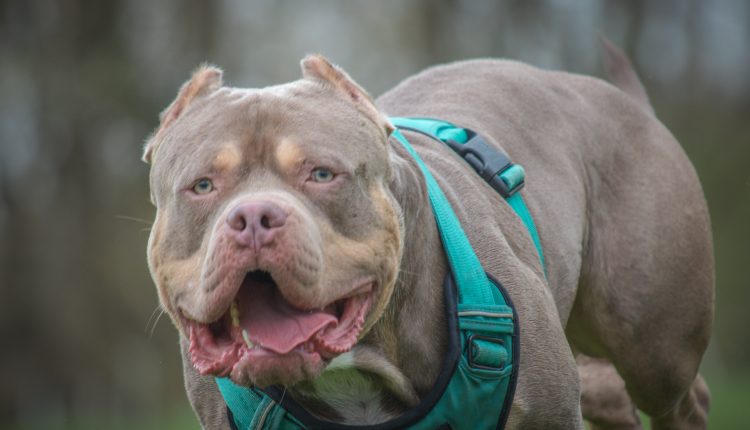
Rottweiler
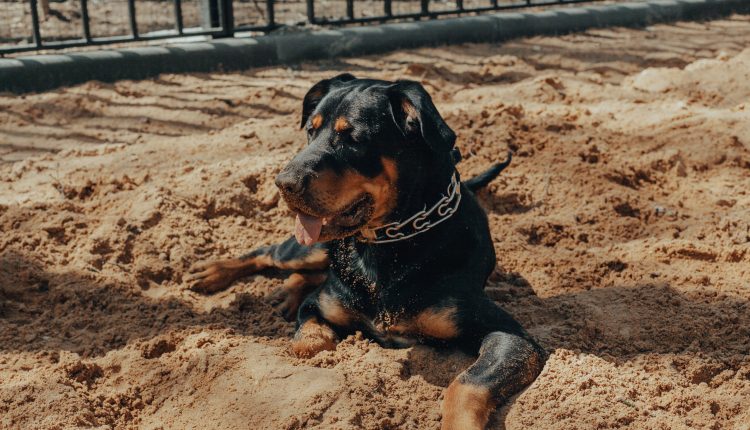
German Shepherd
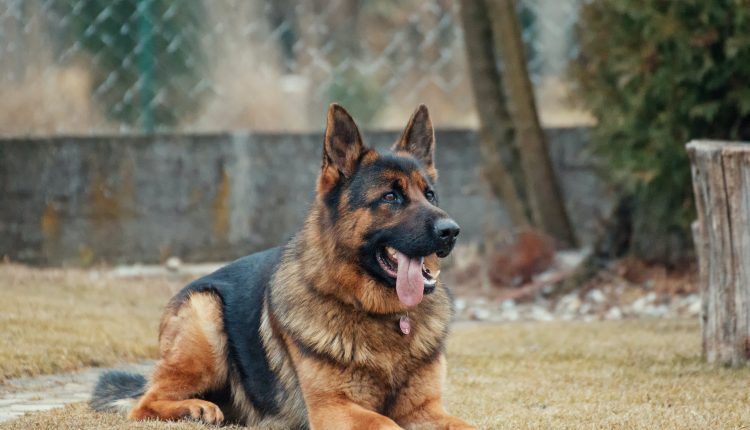
American Bulldog

Bullmastiff

Siberian Husky
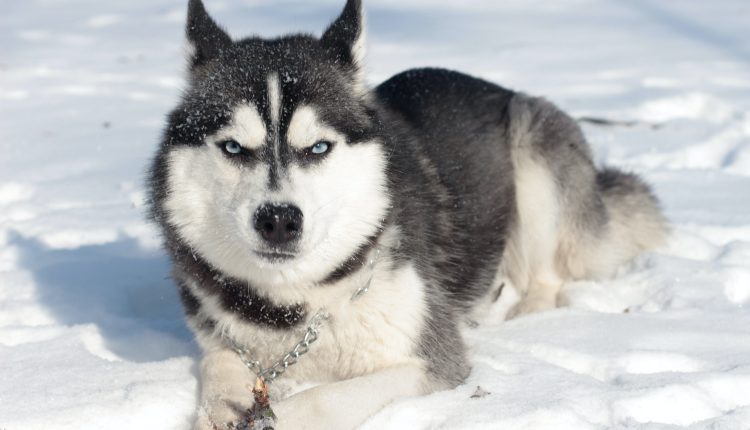
Labrador Retriever

Boxer

Doberman Pinscher
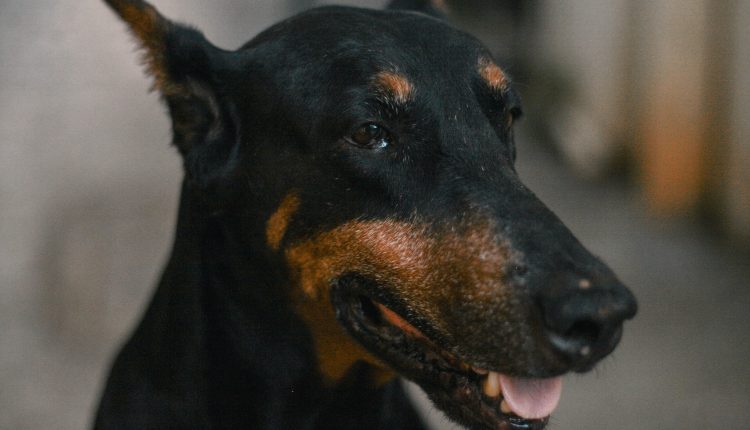
Alaskan Malamute

Golden Retriever
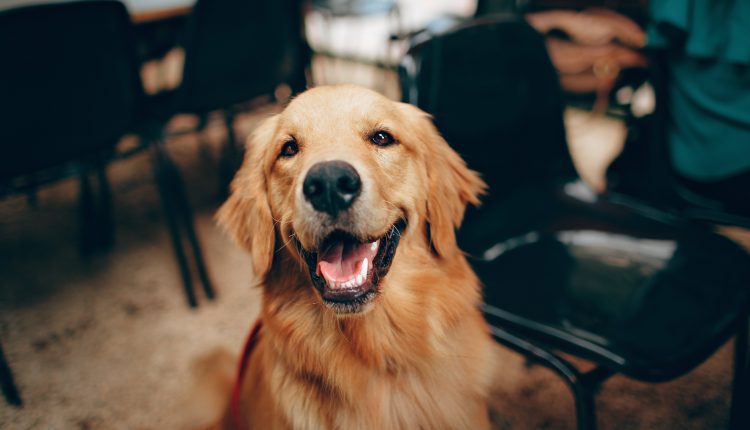
Australian Cattle Dog
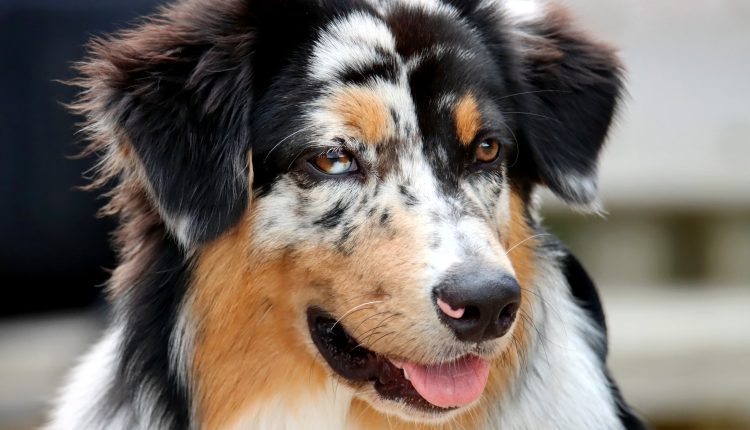
Cane Corso
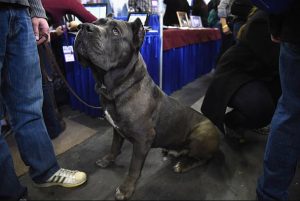
Chow Chow
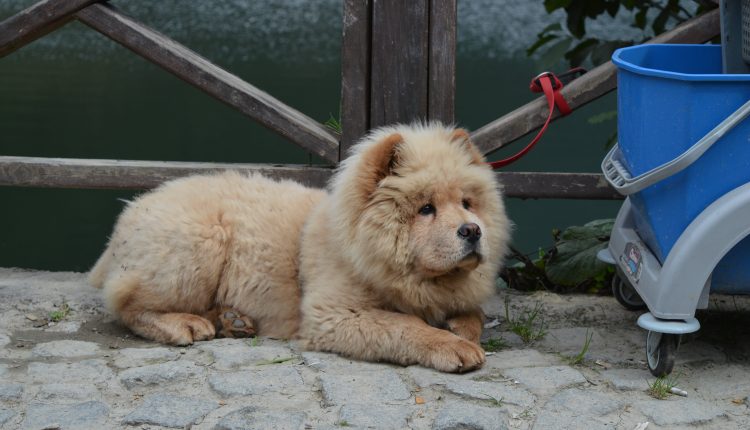
Wolf Hybrid

Aggression in dogs can stem from a combination of genetic predisposition, upbringing, and external triggers. Breeds with a history of guarding or territorial behavior may exhibit aggression towards perceived threats or unfamiliar individuals.
Moreover, environmental factors, such as inadequate socialization or negative experiences, can exacerbate aggressive tendencies, highlighting the importance of responsible ownership and early intervention.
Empowering Responsible Dog Ownership
While certain breeds may have a higher propensity for aggression, responsible ownership practices can significantly reduce the likelihood of incidents.
Early socialization, obedience training, and proper management are essential for fostering positive behavior and minimizing risks associated with owning potentially dangerous breeds.
Additionally, understanding canine body language and respecting a dog’s boundaries can help prevent confrontations and promote safer interactions.
In assessing the most dangerous dog breeds, it’s crucial to approach the issue with a combination of awareness and empathy.
While certain breeds may pose inherent risks, individual temperament and upbringing play significant roles in shaping behavior.
By promoting responsible ownership practices, advocating for proper training and socialization, and fostering mutual respect between dogs and humans, we can create safer environments where both pets and people can thrive harmoniously.

